 |
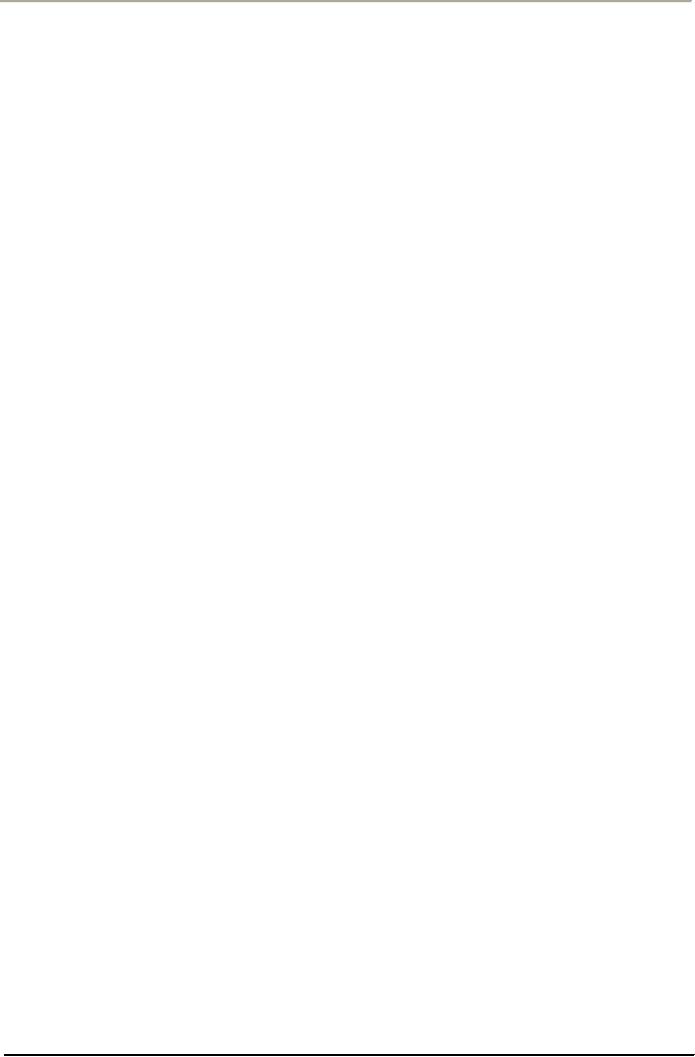
Total
Quality Management
MGT510
VU
Lesson
# 02
TOTAL
QUALITY MANAGEMENT AND TOTAL ORGANIZATION
EXCELLENCE
TRADITIONAL
MANAGEMENT AND QUALITY
MANAGEMENT:
Twentieth-century
management has been strongly
influenced by Taylor's scientific
management and
Weber's
theory of bureaucracy. These approaches
have led managers to work
within functional
hierarchies,
with their responsibilities
divided according to specialized
activities, such as
accounting,
marketing,
engineering, and manufacturing.
Economic principles for
competing in well-defined
markets
emphasized
economies of scale, efficiencies,
mass production, and technological
innovation.
While
there had been competition, competitors
often played according to a
"live and let live"
strategy.
Because
monopolies were precluded by law,
companies had little
incentive to completely
drive
competitors
from the marketplace.
Even
when new product
technologies created new markets,
such as plastics in the 1950s,
management
practices
changed very little.
Managers set goals for
productivity, efficiency, and
profitability, using
management
set goals for productivity,
efficiency, and profitability, using
management by objectives
(MBO)
to link strategy and operations through the
hierarchy. Managers motivated employees
to fulfill
those
goals by inducements such as profit sharing, stock
options, and bonuses, or
other rewards such as
job
enrichment or participative management.
However, the job of management remained
much the
same:
set goals, define roles, provide
technologies, and motivate employees.
Accounting, marketing,
engineering,
and manufacturing practices also
did not change.
Occasionally, new techniques were
introduced
within the traditional functions,
such as quality control in
manufacturing. But such
changes
went
largely unnoticed by the rest of the
organization.
No
one challenged this approach to
management as long as it served
society well. While managers
in
Japan
were rewriting the rules of business practice and
management and planning to win the
world
markets
by focusing on quality management,
U.S. managers continued in the
stage of normality.
The
US,
and western society in general, was
focused on another agenda: the cold
war in the 1950s and
1960s.
The
Stage of Replacement: A New
Paradigm
The
stage of replacement means shifting to a
new paradigm. Managers must
shift to a new paradigm
for
managing
organizations because of the anomalies
that threaten their survival and
prosperity. To make
this
shift, however, they must
understand the new paradigm and how it
differs from the old
paradigm.
To
initiate this understanding, we
will contrast the new (but
still emerging) paradigm
with the old
paradigm.
Themes
of the New Paradigm
The
differences between the new
and the old paradigm are
organized around three
themes:
customer
value strategy, cross-functional systems,
and continuous
improvement.
Theme
1: Customer Value Strategy
Customer
value is defined as the combination of
benefits derived from using
a product ( or service) and
the
sacrifices required of the customer. The
customer value strategy is the business
plan for offering
value
to customers, including product
characteristics, attributes, mode of
delivery, support services, and
so
on. The theme of customer
value strategy may be addressed in
many topics, including
quality,
measurement,
positioning, key stakeholder, and
product design.
4
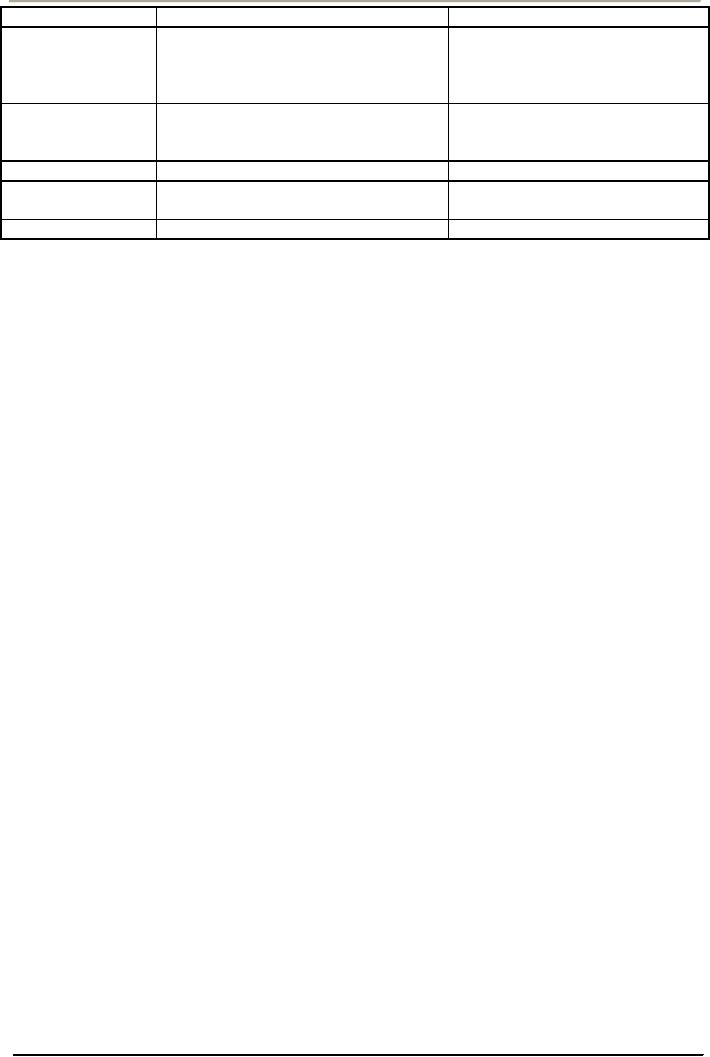
Total
Quality Management
MGT510
VU
Topics
Old
Paradigm
New
(emerging) paradigm
Quality
Meeting
specifications, inspected into One
component of customer value,
product,
make tradeoffs among quality,
managed
into
process,
seek
cost,
schedule
synergies
among quality,
cost,
schedule.
Measurement
Internal
measures
of
efficiency,
All measures linked to
customer
productivity,
costs, and profitability, not
value
necessarily
linked to customers
Positioning
Competition
Customer
segments
Key
stakeholder
Stockholder,
boss
Customer
segments Customer
(other
stakeholders
are beneficiaries)
Product
design
Internal,
sell what we can
build
External,
build what customers
need
Quality
In
the old paradigm, managers
define quality in terms of
meeting specifications. Quality is
assured by
weeding
out the "bad" products before
they are shipped to customers.
Managers make tradeoffs among
quality,
cost, and scheduling under the assumption
that relationships among these
outcomes are fixed.
By
contrast, in the new paradigm, managers
recognize that product quality is
only one component of
customer
value, and managers seek
synergies among quality, cost, and
schedule, not just
tradeoffs. For
example,
improving quality by reducing
variation in outputs reduces defects,
reduces costs, and
makes
performance
to schedule more predictable. Further,
quality is more broadly defined
than just product
quality.
Quality applies to every
aspect of the organization. It must be
managed into processes
and
systems,
and not jut inspected into
products. System thinking included to
think of all
interdependent
parts
of the system into one
whole.
Measurement
In
the old paradigm, measurement
systems are focused on internal
measures of efficiency,
productivity,
costs,
and profitability. This is the tradition
of management by objectives. Managers do
not necessarily
understand
how these internally focused
measures are related to
customer value. In the new
paradigm,
managers
may use internally focused
measures, but they are
linked to customer value in a
broader
measurement
system. Managers interpret
measures in terms of the impact on
customer value in the
long
term
and short term.
Positioning
In
the old paradigm, managers make strategic
positioning decisions based primarily on
warfare models
on
the competition. In the new paradigm,
managers make strategic positioning decisions
with a focus
on
market segmentation and customer needs,
wants and demands.
Key
Stakeholder
In
the old paradigm, the key
external stakeholder is the stockholder, and the
key internal stakeholder
is
one's
boss. All other stakeholders, such as
customers, employees, suppliers, and business
partners, are
pawns
to serve the goals of the key stakeholders. In the
new paradigm, the key stakeholders
are
customers,
both internal and external
customers. Providing value to
customers is the key to serving
all
other
stakeholders over the long term.
Product
Design
In
the old paradigm, the product design
process is internally driven,
based on the assumption that
"we
know
what is bet for the customer."
Managers enact a "push" strategy
that aims to "sell what we
can
build."
In the new paradigm, managers
develop products after first
determining what customers
need.
5
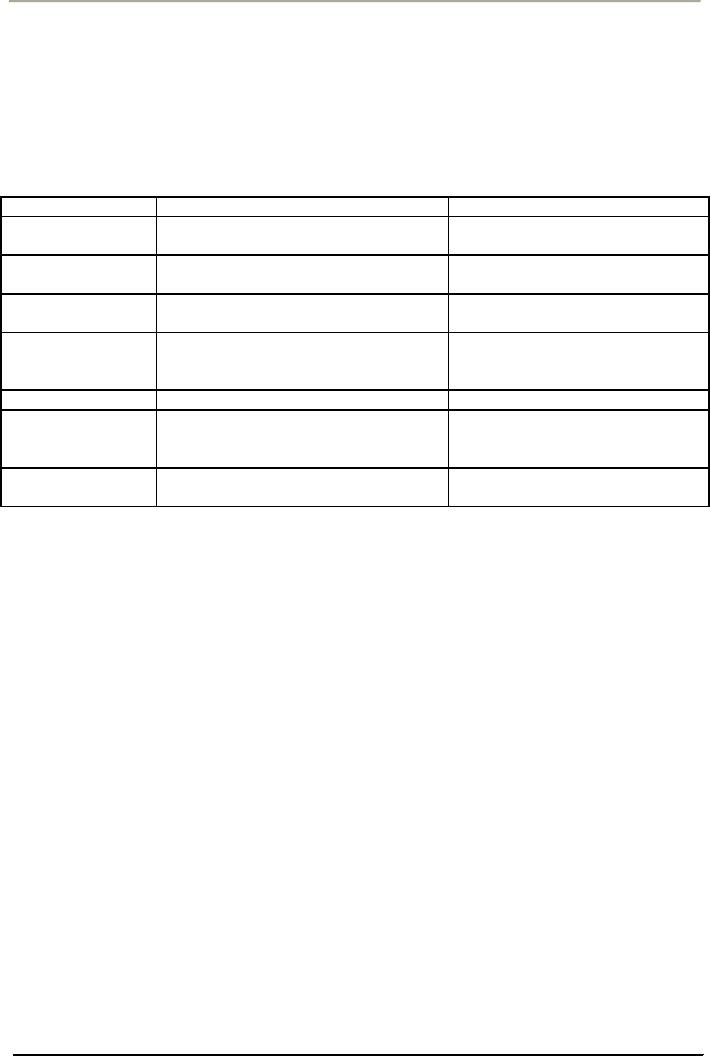
Total
Quality Management
MGT510
VU
Managers
both react to improve products in
existing markets and
actively seek to create new
markets
with
new products.
Theme
2: Organizational Systems
Organizational
systems are the means that
provide customer value.
These systems broadly
include
material
and human inputs, process technology,
operating methods and work
practices, streams of
work
activity,
information flows, and decision
making. The approaches to
managing these systems in the
old
and
new paradigms are discussed
below.
Topics
Old
Paradigm
New
(emerging) paradigm
Cross-functional
Negotiation
across functional interfaces
Cross-functional
systems defined,
approach
to
obtain cooperation
owned,
and optimized
Technology
To
deal with complexity, to
eliminate
To
reduce complexity, source
of
people
problems
optimization
for customer value
Employee
Focused
on hygiene factors
Focused
on strategic factors
involvement
Human
resource
Regarded
as a staff responsibility,
Regarded
as a critical resource,
management
administration
of personnel hiring, firing,
managed
as system input
handling
complaints
Role
definition
Task
and job descriptions set
limits
Vision
inspires flexibility
Culture
Social
and emotional issues
are
Connect
with individual sense
of
suppressed,
politics and power
dominate
purpose,
emotions, and social
meaning
Structure
Specialization,
tall hierarchy with
Integration,
flat hierarchy with
team
functional
emphasis
emphasis
Cross-Functional
Approach
The
old paradigm does not
acknowledge systems that cut
across functional or unit
boundaries.
Managers
simply negotiate across
functional interfaces to obtain minimal
cooperation. In the new
paradigm,
managers define, own, and
optimize cross-functional systems
for customer value.
Technology
In
the old paradigm, managers
use technology to help them
deal with the overly complex
systems that
have
grown up in the organization. Also,
they use technology to
eliminate people problems
(robots
don't
talk back). In the new
paradigm, managers prefer to
eliminate complexity rather than automate
it
or
computerize it. Managers use
technology only to optimize
systems for customer
value.
Employee
Involvement
In
the old paradigm, employee
involvement programs are implemented
without a focus to contribute to
systems.
Employee involvement in improvement
programs tends to focus on quality of
work life issues
and
some limited operational
changes. In the new paradigm,
employee involvement is
strategically
focused
and contributes to system
purposes.
Human
Resource Management
In
the old paradigm, managers regard human
resource management (HRM) as a
staff responsibility. HR
specialists
process paperwork to hire
and fire, and handle
personnel complaints. In the new
paradigm,
line
managers regard human resources as
critical resources and strategically
manage them as inputs to
systems.
6
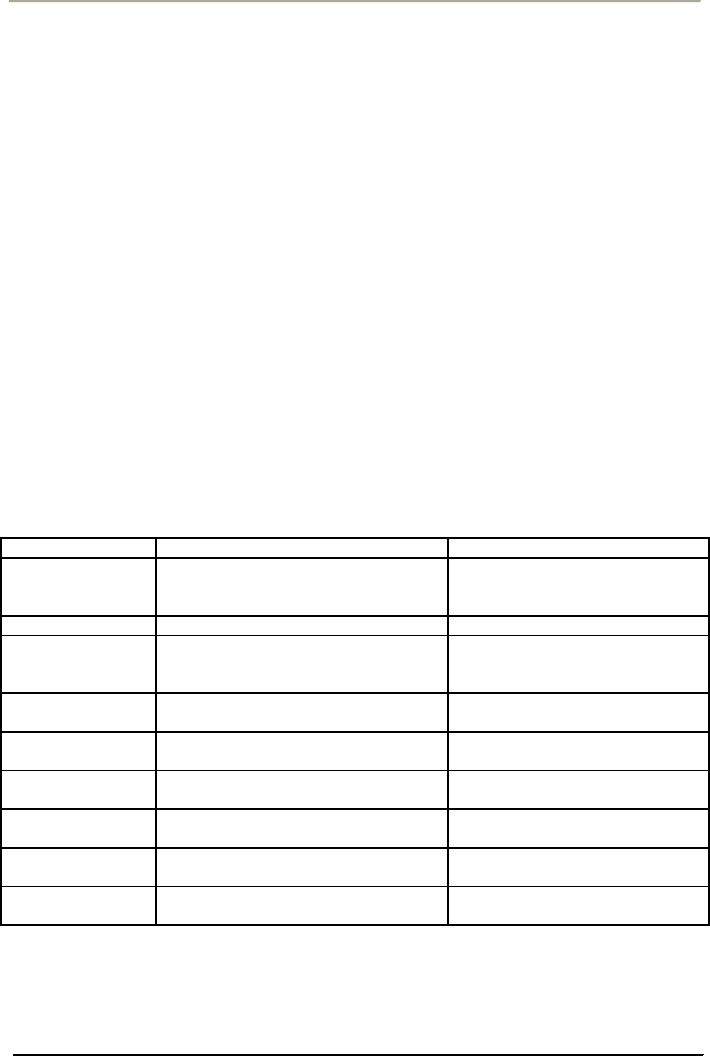
Total
Quality Management
MGT510
VU
Role
Definition
In
the old paradigm, managers
use task and job descriptions to
prescribe and set limits to
personal
responsibilities.
In the new paradigm, managers
convey a vision to lead and
inspire flexibility.
Employees
participate in any activities
required to provide superior
value to customers.
Culture
In
the old paradigm, managers
suppress social and emotional
issues that are regarded as
irrational and
sources
of distraction away from goals and
objectives. Power and politics
dominate the culture,
with
individuals
jockeying for personal gain. In the
new paradigm, managers
connect organizational mission
and
purpose with each
individual's sense of purpose, emotions, and social
meaning. Individuals channel
their
needs for pride in
workmanship toward strategic
purposes.
Structure
In
the old paradigm, organizational
structure is based on specialization of
tasks. The hierarchy is
tall,
with
many levels of managers, and it
emphasizes functional lines of
authority. In the new paradigm,
the
hierarchy
is flat, with fewer levels
of managers, and it emphasizes teamwork
to serve super
ordinate
objectives.
Theme
3: Continuous Improvement
To
keep pace with the changes in the
external environment, managers have to
change the organization.
Managers
have always made improvements.
However, with rates of
change increasing in the
external
environment,
managers must improve
differently and more frequently
than in the past. They
must
pursue
continuous improvement, which is a
constant striving to change and
make things better.
Topics
Old
Paradigm
New
(emerging paradigm
Occasion
Focused
new product
development,
Focused
on broader systems,
episodic,
reactive to problems, big
unending,
proactive to opportunities,
breakthroughs
only
big
breakthroughs and small
steps
Approach
Trial
and error
Scientific
method
Response
to error
Punish,
fear, cover-up, seek people
fix,
Learning,
openness,
seek
employees
are responsible
process/system
fix, management is
responsible
Decision-making
Individual
political expediency, short
Strategic,
long-term, purposeful
for
perspective
term
organization
Managerial
roles
Administer
and maintain status
quo,
Challenge
status quo,
prompt
control
other
strategic
improvement
Authority
Top-driven
via rules and policies
Customer-driven
through vision,
enablement,
and empowerment
Focus
Business
results through quotas
and
Business
results through
capable
targets
systems,
means tied to results
Control
Scoring,
reporting evaluating
Statistical
study of variation to
understand
causes
Means
Delegated
by managers to staff and
Owned
by managers who lead
staff
subordinates
and
subordinates
Occasion
In
the old paradigm, the occasions
for improvement were primarily
new product development
and
reaction
to salient problems. Mangers mostly
looked for big breakthroughs
to get improvement. In the
new
paradigm, the occasions for
improvement are everywhere,
every day. Managers
improve
7
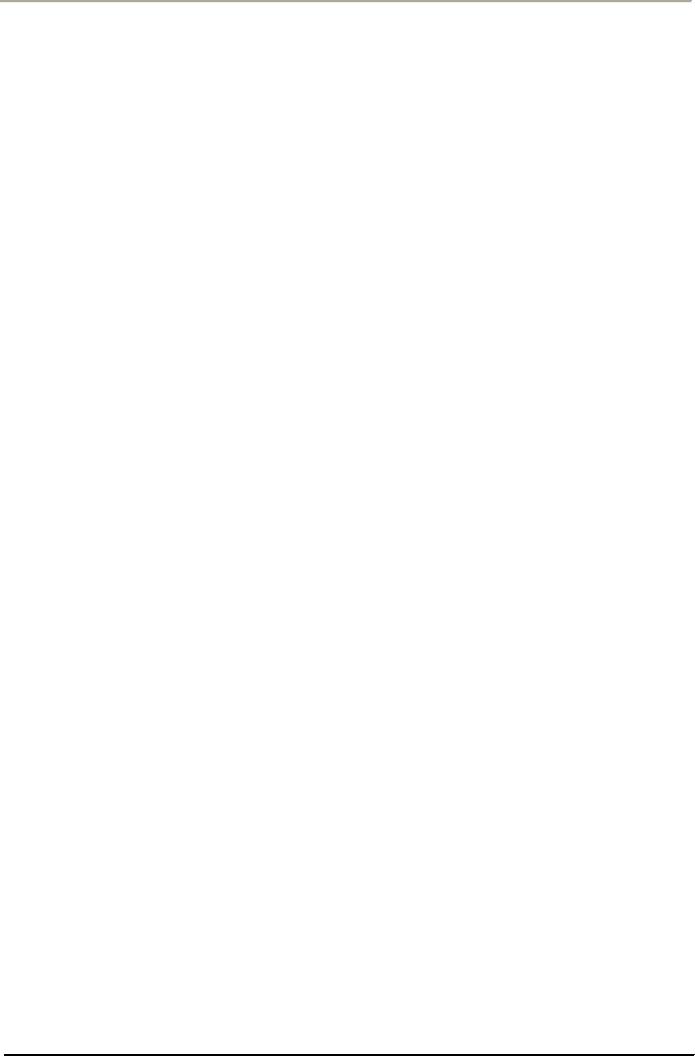
Total
Quality Management
MGT510
VU
proactively
at every opportunity, even in the absence
of salient problems. Managers improve
all aspects
of
the organization's systems through
both big breakthroughs and
small steps.
Approach
In
the old paradigm, managers accomplish
improvements through trial and
error. In the new
paradigm,
managers
use the scientific method to study
proposed changes and their
effects.
Response
to Error
In
the old paradigm, if they
care at all, managers are
intolerant of error. They regard
error as a personal
failure,
and they respond with
punishment to instill fear in
those blamed. The result is
fear and cover-up
in
the future. In the new paradigm,
error is not desired; however,
managers view error as an
opportunity
for
learning. People openly acknowledge
error because managers do
not assign personal blame, but
seek
to
fix a process or system.
Decision-Making
Perspective
In
the old paradigm, managers
make decisions that are
politically expedient or that
serve short-term
personal
objectives. In the new paradigm,
managers make decisions that
serve long-term strategic
purposes.
Managerial
Roles
In
the old paradigm, managers
primarily administer existing
systems and maintain the status
quo. In the
new
paradigm, managers challenge the
status quo for strategic
improvement to meet future
demands. At
the
same time, they consistently
execute existing systems to
meet current demands.
Authority
In
the old paradigm, managers impose
authority from the top down
via rules and policies. In the
new
paradigm,
top managers still hold
authority but they impose it by
communicating a vision,
enabling
people
wit systems, and empowering them to
make the vision real.
Focus
In
the old paradigm, managers focus on
improving business results
through the imposition of quotas
and
targets.
They delegate responsibility, often
without giving real
authority to change broader systems
that
constrain
results. In the new paradigm,
managers focus on improving business
results through
improving
the capabilities of systems. They focus
on the means as well as the results,
because they have
retained
responsibility for improving
systems.
Control
In
the old paradigm, managers
control the organization through
scoring individual performance,
reviewing
regular reports, and evaluating performance as
either good or bad. In the new
paradigm,
managers
statistically study variation to
understand the causes of poor performance and
make changes
in
systems to improve performance.
Means
In
the old paradigm, managers delegate the
means of improvement to staff and
subordinates who must
figure
out how t meet established
targets. In the new paradigm,
managers assume responsibility
for the
means
of improvement. They lead
improvement by staff and
subordinates.
8
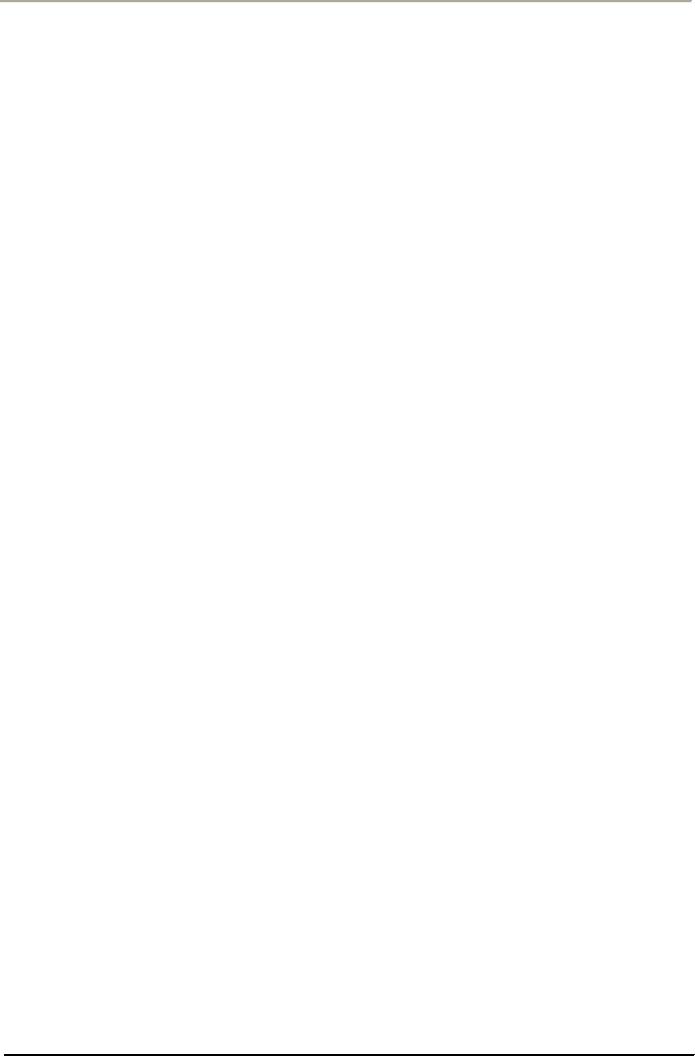
Total
Quality Management
MGT510
VU
The
Relationship between Quality and
Competitiveness
At
each successive level of
competition the quality of the competitors
increased. A similar phenomenon
happens
to businesses in the marketplace. Companies
that used to compete only on
a local, regional, or
national
level now find themselves
competing against companies from
throughout the world. Some
of
these
companies find the competition to be more
intense than any they have
ever encountered. Only
those
who are able to produce
world-class quality can
compete at this level. In
practical terms, it is
extremely
important for a country's
businesses to be able to compete
globally. When they can't,
jobs are
lost
and the quality of life in that
country declines correspondingly.
9
Table of Contents:
- OVERVIEW OF QUALITY MANAGEMENT:PROFESSIONAL MANAGERIAL ERA (1950)
- TOTAL QUALITY MANAGEMENT AND TOTAL ORGANIZATION EXCELLENCE:Measurement
- INTEGRATING PEOPLE AND PERFORMANCE THROUGH QUALITY MANAGEMENT
- FUNDAMENTALS OF TOTAL QUALITY AND RATERS VIEW:The Concept of Quality
- TOTAL QUALITY MANAGEMENT AND GLOBAL COMPETITIVE ADVANTAGE:Customer Focus
- TOTAL QUALITY MANAGEMENT AND PLANNING FOR QUALITY AT OFFICE
- LEADERS IN QUALITY REVOLUTION AND DEFINING FOR QUALITY:User-Based
- TAGUCHI LOSS FUNCTION AND QUALITY MANAGEMENT
- WTO, SHIFTING FOCUS OF CORPORATE CULTURE AND ORGANIZATIONAL MODEL OF MANAGEMENT
- HISTORY OF QUALITY MANAGEMENT PARADIGMS
- DEFINING QUALITY, QUALITY MANAGEMENT AND LINKS WITH PROFITABILITY
- LEARNING ABOUT QUALITY AND APPROACHES FROM QUALITY PHILOSOPHIES
- TOTAL QUALITY MANAGEMENT THEORIES EDWARD DEMING’S SYSTEM OF PROFOUND KNOWLEDGE
- DEMING’S PHILOSOPHY AND 14 POINTS FOR MANAGEMENT:The cost of quality
- DEMING CYCLE AND QUALITY TRILOGY:Juran’s Three Basic Steps to Progress
- JURAN AND CROSBY ON QUALITY AND QUALITY IS FREE:Quality Planning
- CROSBY’S CONCEPT OF COST OF QUALITY:Cost of Quality Attitude
- COSTS OF QUALITY AND RETURN ON QUALITY:Total Quality Costs
- OVERVIEW OF TOTAL QUALITY APPROACHES:The Future of Quality Management
- BUSINESS EXCELLENCE MODELS:Excellence in all functions
- DESIGNING ORGANIZATIONS FOR QUALITY:Customer focus, Leadership
- DEVELOPING ISO QMS FOR CERTIFICATION:Process approach
- ISO 9001(2000) QMS MANAGEMENT RESPONSIBILITY:Issues to be Considered
- ISO 9001(2000) QMS (CLAUSE # 6) RESOURCES MANAGEMENT:Training and Awareness
- ISO 9001(2000) (CLAUSE # 7) PRODUCT REALIZATION AND CUSTOMER RELATED PROCESSES
- ISO 9001(2000) QMS (CLAUSE # 7) CONTROL OF PRODUCTION AND SERVICES
- ISO 9001(2000) QMS (CLAUSE # 8) MEASUREMENT, ANALYSIS, AND IMPROVEMENT
- QUALITY IN SOFTWARE SECTOR AND MATURITY LEVELS:Structure of CMM
- INSTALLING AN ISO -9001 QM SYSTEM:Implementation, Audit and Registration
- CREATING BUSINESS EXCELLENCE:Elements of a Total Quality Culture
- CREATING QUALITY AT STRATEGIC, TACTICAL AND OPERATIONAL LEVEL
- BIG Q AND SMALL q LEADERSHIP FOR QUALITY:The roles of a Quality Leader
- STRATEGIC PLANNING FOR QUALITY AND ADVANCED QUALITY MANAGEMENT TOOLS
- HOSHIN KANRI AND STRATEGIC POLICY DEPLOYMENT:Senior Management
- QUALITY FUNCTION DEPLOYMENT (QFD) AND OTHER TOOLS FOR IMPLEMENTATION
- BASIC SQC IMPROVEMENT TOOLS:TOTAL QUALITY TOOLS DEFINED
- HOW QUALITY IS IMPLEMENTED? A DIALOGUE WITH A QUALITY MANAGER!
- CAUSE AND EFFECT DIAGRAM AND OTHER TOOLS OF QUALITY:Control Charts
- STATISTICAL PROCESS CONTROL (SPC) FOR CONTINUAL QUALITY IMPROVEMENT
- STATISTICAL PROCESS CONTROL….CONTD:Control Charts
- BUILDING QUALITY THROUGH SPC:Types of Data, Defining Process Capability
- AN INTERVIEW SESSION WITH OFFICERS OF A CMMI LEVEL 5 QUALITY IT PAKISTANI COMPANY
- TEAMWORK CULTURE FOR TQM:Steering Committees, Natural Work Teams
- UNDERSTANDING EMPOWERMENT FOR TQ AND CUSTOMER-SUPPLIER RELATIONSHIP
- CSR, INNOVATION, KNOWLEDGE MANAGEMENT AND INTRODUCING LEARNING ORGANIZATION